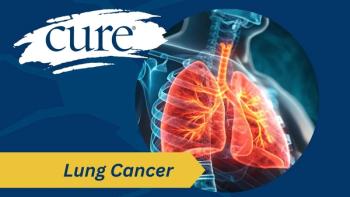
Complementary Cancer Therapies: What Works?
Some 80 percent of cancer patients use complementary therapies. Should they?
First, let me explain the terminology. Complementary therapies are those used in combination with traditional treatment. Alternative treatments are those used instead of traditional medicine. I am not in favor of alternative therapies, but I am all for complementary therapies — most of them – when used by a well-trained therapist, and there is some science behind the therapy's use.
Therein lies the rub, as they say.
After my diagnosis in 1986, I tried every new complementary therapy that showed up in the news. Who knows if they worked because most did not have science to prove any efficacy.
It was about hope — hope that in the complementary therapies, there would be some kind of magic to keep me alive. During research for my book, “The Breast Cancer Companion,” I found a book that looked at a group of cancer patients who lived when the doctors said they would die. The three things these people had in common that they did differently after they were diagnosed were: reach out and find a way to be useful in community; change their eating habits; and begin to believe in a higher power.
Now that is a great overview for how to live in general, but there was no way to extrapolate any one thing to do that would apply to me — especially since these changes were so broad. Also, what kind of cancer did they have? And none of them refused treatment, so was it the treatment that worked, putting them in the 5 percent of survivors for their cancer? There was no way of knowing.
When I began looking at complementary therapies in the late 80s, there were already a number of herbal and dietary claims. Because they seemed safe to me (though some of them weren’t, as I would learn) I decided to try wheatgrass. This was an insoluble powder that I tried to dissolve in water and drink.
I’ll make you a good deal on a half-used bottle of wheatgrass, which I think is still somewhere in my kitchen. That was nasty stuff.
Wheatgrass was what I call a “kneejerk cure.” I would try anything in those days. But reason had nothing to do with it. It took me a couple of years to have enough background in complementary dietary therapies to make some rational choices about what I should do, and most of it was to eat healthily. Stay away from alcohol, high-fat foods and anything in excess.
The reality about all the bottled cures offered then is that they should label all those bottles “HOPE.” That’s what they are really about.
But things have changed and that’s what this blog is about — and others I plan to do this month. Now we have science on a number of complementary therapies. The challenge is knowing which ones and doing your own research to determine what you need and why.
I will give you what I know and some of the basic information about research topics like yoga, exercise, acupuncture, herbs, art, music and a few other complementary therapies that have been shown to be useful. So, keep a watch.




